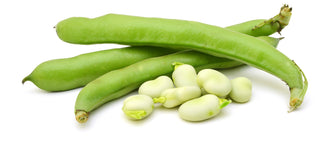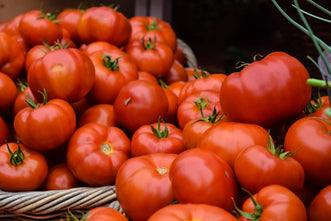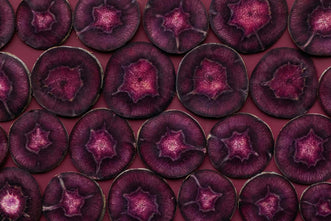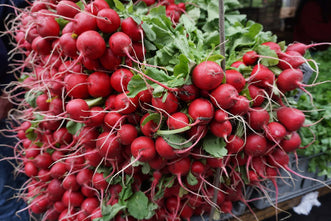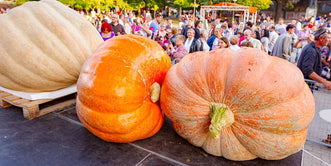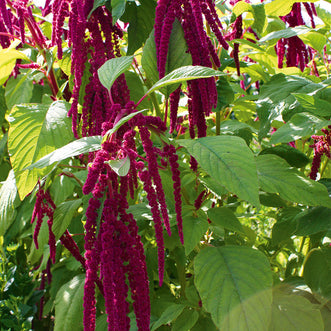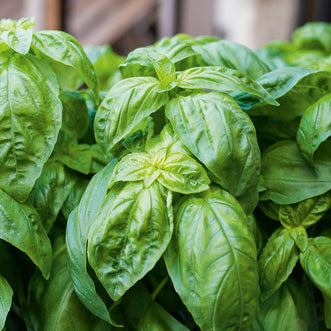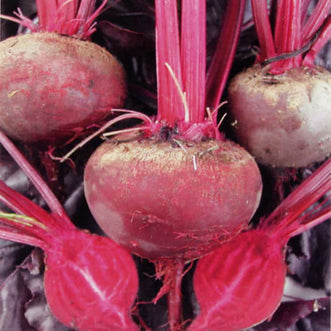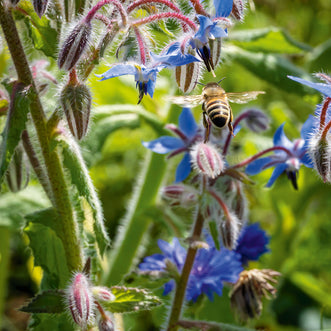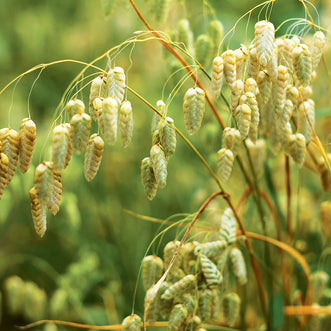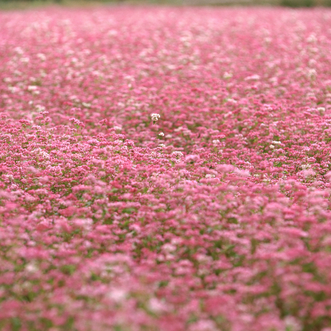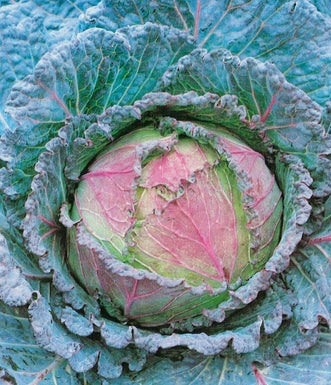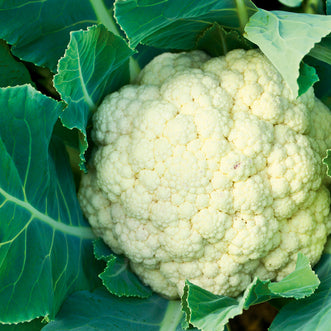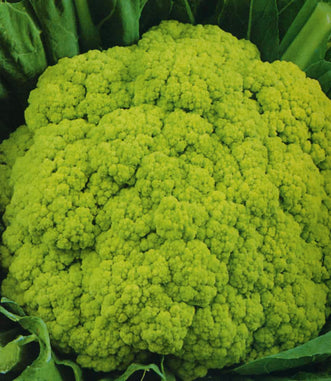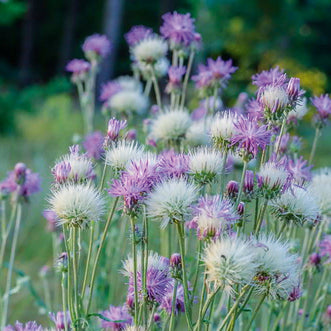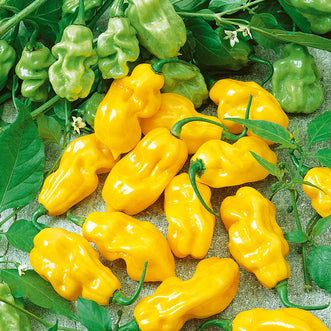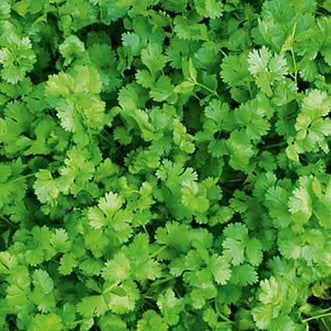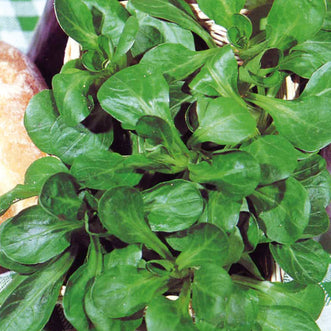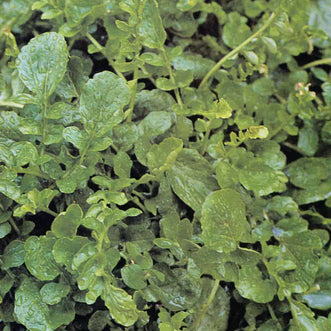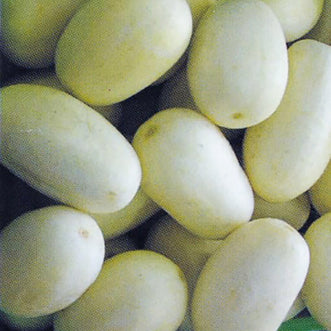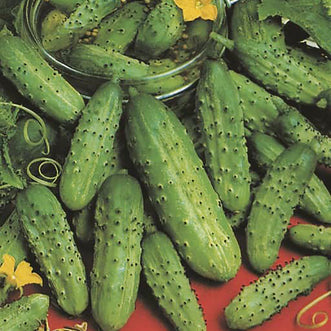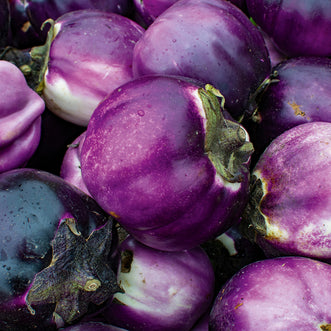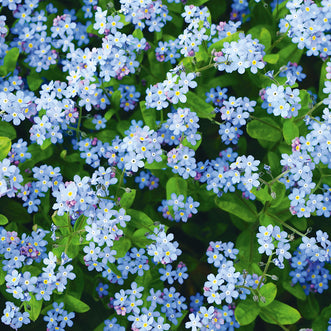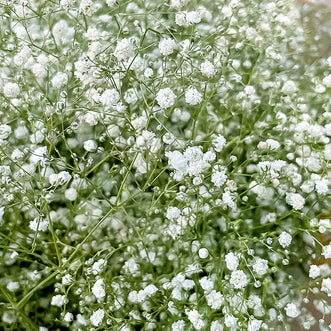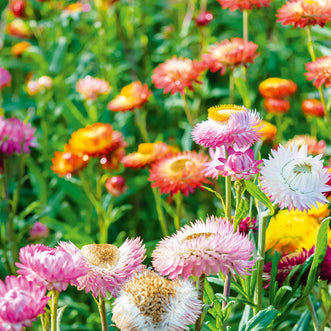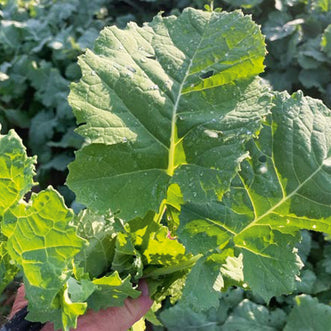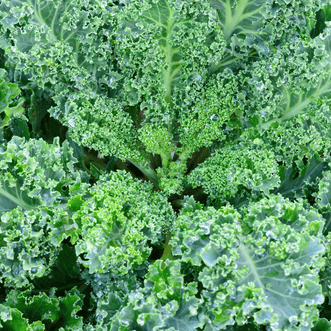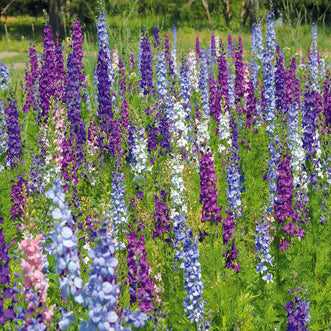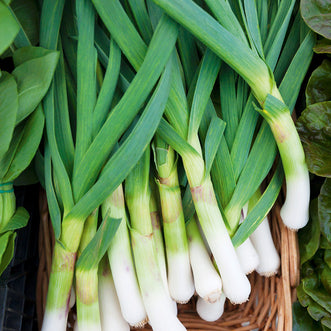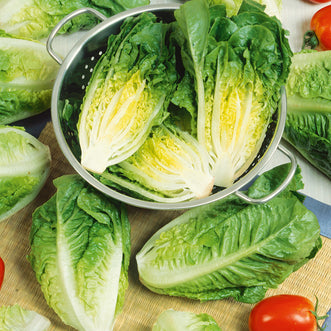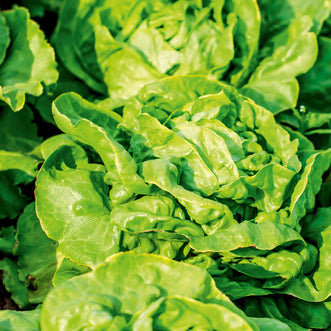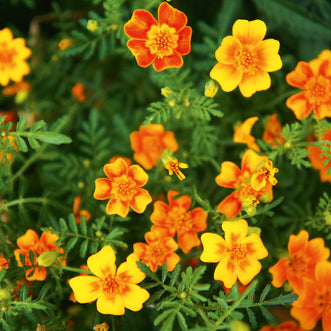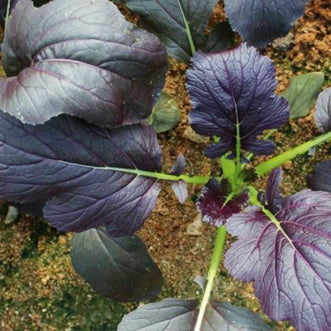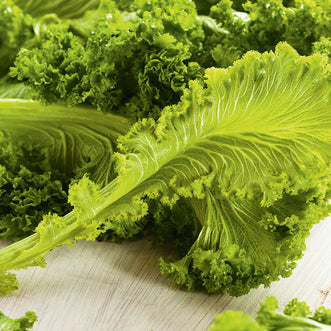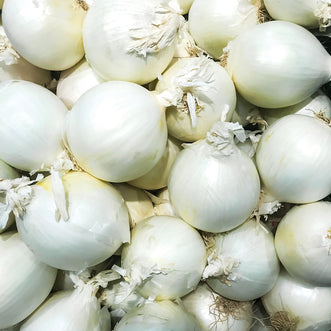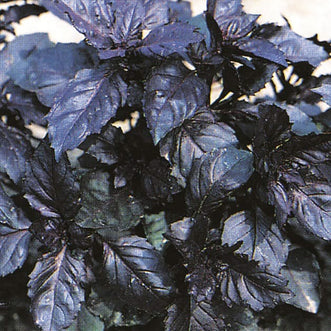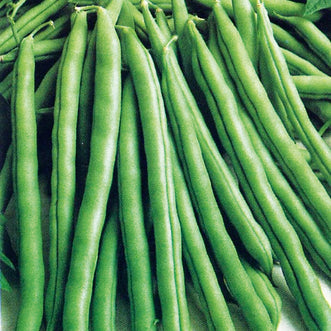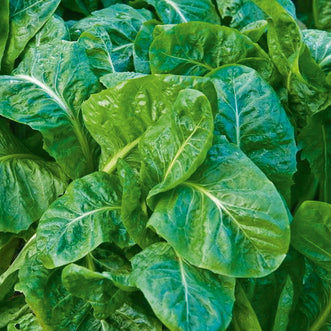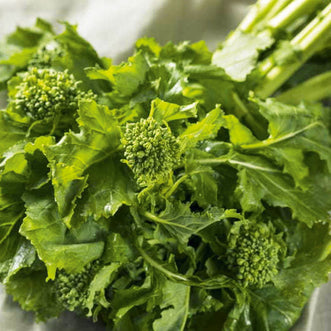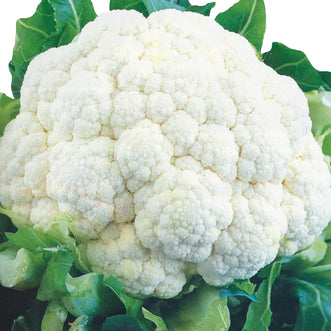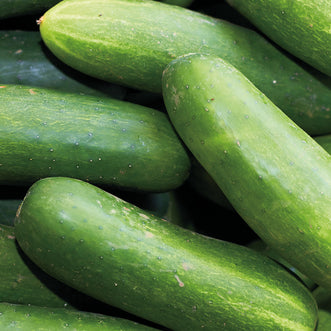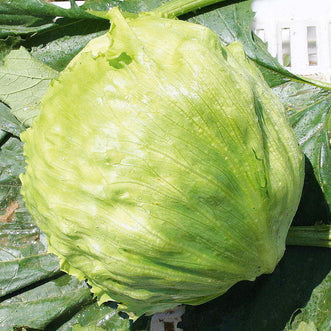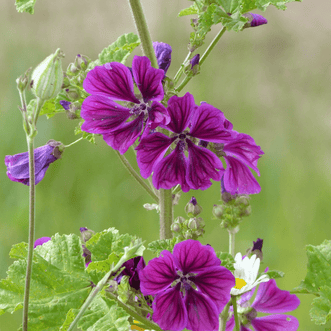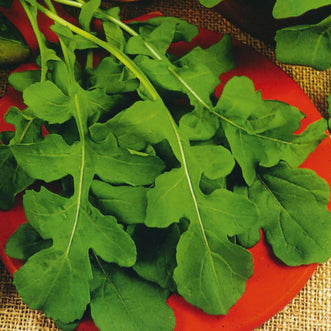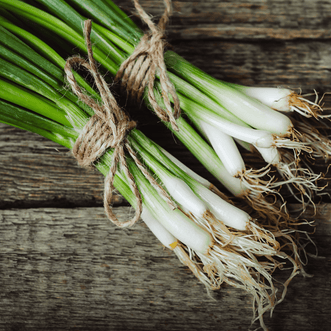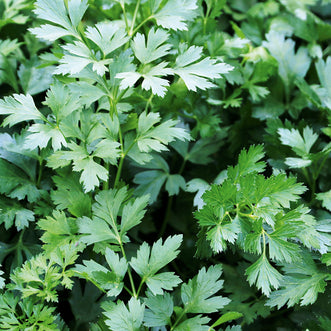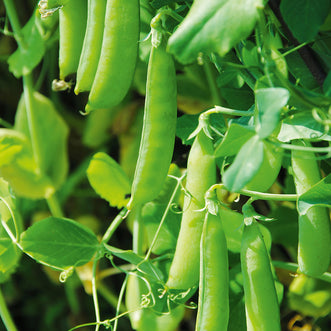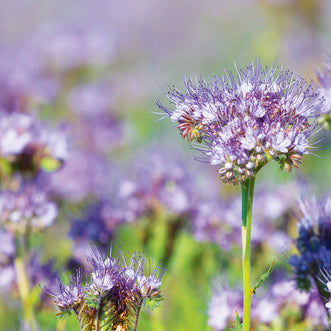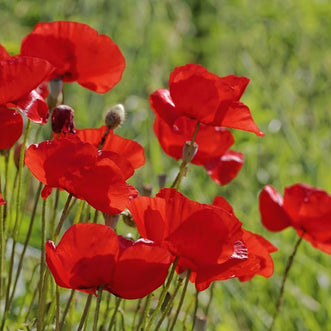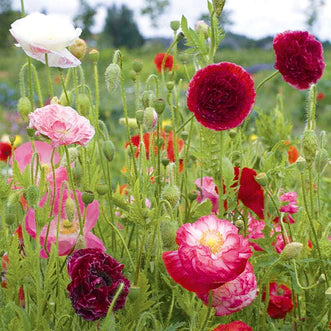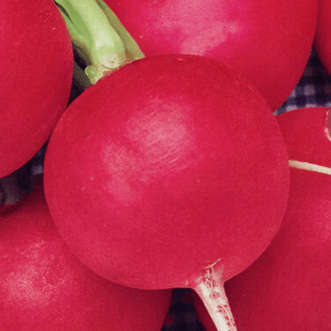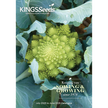Get Growing Asparagus
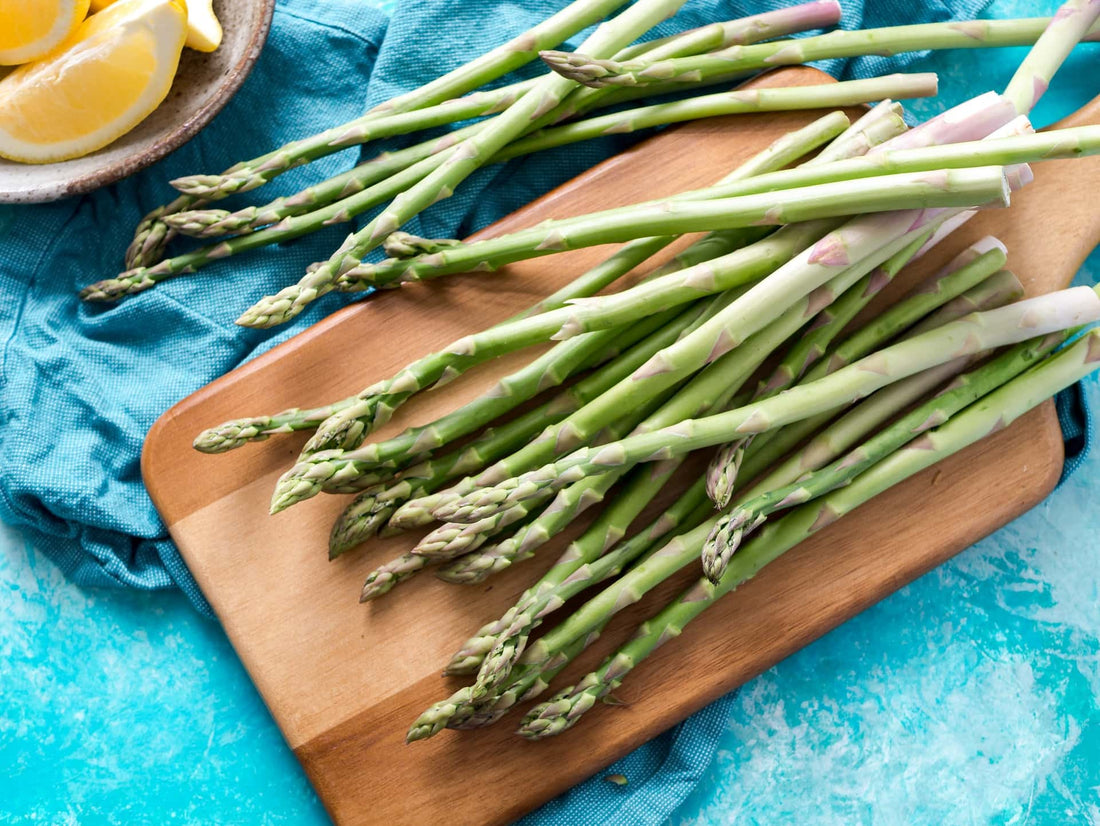
Not for the first time, I have been thinking this week that some sort of ability to turn back time in the garden would come in handy. If I could turn back time right now, I would reset the clocks to four years ago and sow some asparagus!! Then, after turning the clocks forward again, we could look forward to picking this year's fresh asparagus spears!
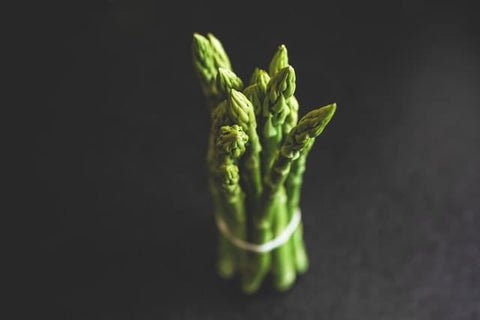
Well, if I keep not-sowing-asparagus, and no-one invents a time machine, then I will never get to pick asparagus out of the garden, so I have decided that there is no time like the present and this weekend I will be sowing some asparagus seed. Now that the herbs have moved to a new bed in the front garden, we will be turning the "old" herb garden into a permanent asparagus bed. We are going to sow Asparagus 157, a hybrid asparagus that is quick to grow to harvest, and also some Purple Asparagus (when have I ever passed on the opportunity to grow something purple?). We'll sow the seeds now into seed cells, and grow them on until next year, when we will plant the one-year-old crowns out in the asparagus bed. That will give us some time to prepare the soil in the asparagus bed and make sure that it is in best possible condition before the asparagus goes in. Asparagus is a perennial vegetable and can produce for ten to fifteen years, so it is worth the time to prepare the bed well.
Here in New Zealand, asparagus can be sown from August/September through to November. Asparagus is best sown when soil temps are between 16-30 oC. Growing asparagus from seed is a true test of a gardener's patience (gulp - not my strong suit!), as it will take three to four years before there is any reward. Even taking a shortcut and buying one year old asparagus crowns requires patience. Even if you do this, which is certainly a much more expensive option, it will still take a couple of years before the asparagus spears produced are large enough to harvest I think that the fun of growing your own from seed is worth the extra time!
When we have our one-year-old crowns, we will plant them out into the asparagus bed. Choose a spot that has good drainage and gets plenty of sunshine. Our site is in a raised bed, and we have a year to enrich and prepare the soil by adding manure and compost. When planting out crowns, space them 20-40cm apart. Some suggest digging a trench and planting the crowns few centimetres deep at the base of the trench, and then adding more soil as Spring progresses to ensure that the plants don't push themselves up out of the soil.
Here is why you need to be patient when sowing asparagus. The asparagus plant is composed of ferns, crown and a root system. The crown is a collection of rhizomes and lateral roots that initiate new ferns. The ferns themselves are not true leaves - they are stems that photosynthesise and transfer energy to the crown.
The parts of the plant we harvest as asparagus spears are immature ferns. When the plants are young, all the spears need to be allowed to grow into large ferns, which make and store energy in the crown for next year’s crop. NO HARVESTING! MITTS OFF those tiny asparagus spears!!
When the plants are in the second year, you may be able to start harvesting, but just for a very short time. Start by harvesting just for the first two to three weeks, and only harvest spears that are as big around as your little finger. You can harvest the spears by snapping the spear at ground level or by using a sharp knife to cut the spear just below the level of the soil. After this tantalisingly short harvest season, leave the rest of the spears to grow into ferns.
The following Spring, you will be able to harvest your asparagus for longer. You may be able to harvest for a period of five to eight weeks in the third year. Hotter weather will shorten to your harvest season and cooler weather will extend it. Once you notice that the emerging spears are smaller than your little finger, stop harvesting and allow the ferny tops to develop. Over the summer, the ferns will grow into a tall dense clump. Leave the ferns to die down in autumn, then trim off the dead stalks before the new growth begins in Spring.
Asparagus is a dioecious plant, which means that there are separate male and female plants. Male asparagus plants produce more spears than female plants do. Some people remove the female plants and replace them with male plants to increase their asparagus yield. The female plants are the ones that will produce red berry-like fruit. (Don't eat the berries!)How many plants do you need? (How much do you like asparagus?) Once your plants are four years old, six plants should yield one average helping of asparagus spears each week. We will just fill the bed up and enjoy every spear we get!
Managing your asparagus bed will mean trying to keep it watered and free of weeds. Applying mulch around your plants will conserve water, as well as inhibiting weed growth. Asparagus is a poor competitor with weeds. Using mulches such as grass clippings, wood chips, straw/hay or compost, applied 4 to 6 inches thick to suppress weeds allows weed control without damaging the plants.
Our asparagus bed is a long-term project. The first step is easy - sowing the seeds. The waiting and the weeding will probably be the hard part. But just imagine that first taste of home-grown asparagus......

